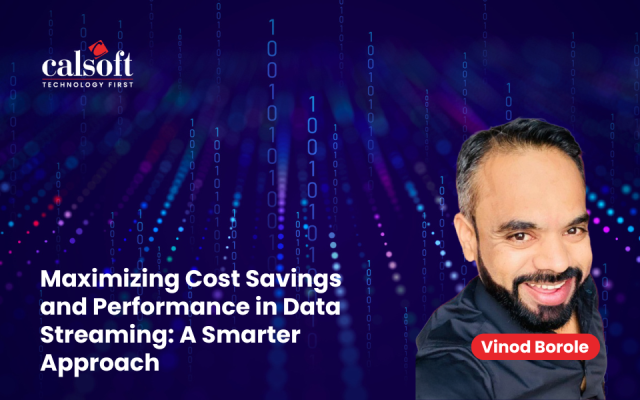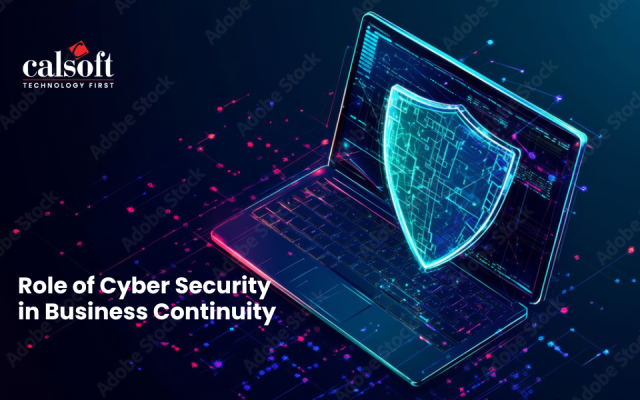Back in 2017, Mark Zuckerberg said, “I see video as a megatrend, on the same order as mobile.” The video wave is rising not just as a consumer trend, but as an enterprise one as well, and this tsunami is only expected to rise.
Recent reports give credibility to this statement and show that the enterprise video is on the rise. The market is expected to grow from USD 13.5 Billion in 2018 to USD 19.8 Billion by 2023, at a Compound Annual Growth Rate (CAGR) of 7.9% during the forecast period. The report shows that rising internet penetration and growth in video demand are the main drivers of the enterprise video market.
Video in the Enterprise
It is interesting to watch the video megatrend move from rhetoric to absolute reality in the enterprise landscape, and to witness the depth of its penetration in the enterprise.
Video today is being widely used as a communication tool in the enterprise. Research shows almost 85% of enterprises are using video for internal communications such as on-demand company updates and executive communication. Enterprises are now leveraging video proactively to improve internal messaging by making it more detailed and streamlined. Given that video can reach a wide audience in a fraction of the time taken to organize a training session, video is also a great tool to augment change management initiatives (think ITIL change management and the like). It’s a tool being used in recruitment and hiring now. Forty-five percent of enterprises use video for recruiting and onboarding new employees.
Training and learning & development departments have also witnessed the power of video and almost 90% of enterprises are using video for educative purposes. Remote training, live, and on-demand video content has now become mainstream in the enterprise and enables uniformity of information while reducing cognitive load. By enabling learning on-the-go, video ensures minimal business disruption while giving the employees flexibility to learn anytime, anywhere, with better learning outcomes.
Along with this, we are seeing an incremental rise of video for live broadcasts of internal and external user conferences and events. Sixty percent of enterprises use live broadcasts for product launches, town-hall or all-hands meetings, ask me anything sessions, global hackathons, site tours, and more. The list keeps growing.
Apart from this, almost 70% of enterprises have enabled users to create and share video content internally, leading to a flood of employee-generated videos. Video continues to be a formidable tool in the arsenal of sales and marketing teams. Thirty-five percent of enterprises use video for demand generation and core marketing, and 47% for sales enablement. Seventy-four percent of enterprises now employ video on social media channels like YouTube, Facebook, and Twitter to augment their brand awareness activities.
Video is also helping improve customer relationships. Almost 48% of enterprises are using video today to further enable their customer on-boarding and customer success strategies. 20% of enterprises are also employing video to aid technical customer support.
What’s in It for Data Storage?
It’s no doubt that video is becoming an enterprise favorite. However, to leverage the full potential of video, enterprises have to take a closer look at their video data storage needs. Of what good is a video if it is forever in the ‘buffering’ mode?
Clearly, it is time for a video to enter the enterprise data storage conversation. Video data volumes are increasing exponentially. Video also needs to be kept for a long time. Video image and data quality are also improving owing to better capture, transfer, processing, and compressing technologies. However, it is only with optimized storage capabilities that video will deliver on its promise. Some points of consideration here could be:
Storage capacity – Videos are large-format files and cannot be entirely server-dependent as this affects the quality of the video experience. Given the increasing volume of video data, organizations need scalable, and tiered storage strategies.
The uniqueness of video data doesn’t lie in its sheer size alone. Along with this, these files are also static and can increase the load on backup processes. Video data has a long shelf life and is of high value. Data storage capabilities thus have to recognize video data and capably segregate it from normal backups to avoid utilizing compute resources unnecessarily. It should also include the use of smart metadata to create smart backups of video data to enable fast retrieval and use.
Fast access – The enterprise also needs the capability to efficiently transfer videos from the point of creation to the point of processing and subsequently to the point of consumption. Enterprises have to ensure that data storage supports data consumption formats and can enable fast access. The video storage solution has to ensure that there are no video content delivery issues such as compromised bandwidth, latency, etc. The solution must deliver uninterrupted, high-quality, latency-free experiences in a device-agnostic manner.
Performance requirements – Unlike other corporate data, the video has different performance demands. A single video can be up to a terabyte or more in size. Some videos such as collaborative video processing applications may or may not be bandwidth-centric. But despite their nuances, they will always need zero latency. This combination of large files and sensitivity to latency are challenging for traditional storage architectures to manage. Software-managed caches are often not large or flexible enough to manage unpredictable video streams. This can lead to performance issues and can even lead to data loss—something that the enterprise cannot afford.
We have to also look at the security of data in this conversation. Having the right set of security protocols and robust authentication processes will play a critical role in determining the quality and capability of the storage solution for video.
Enterprises are increasingly building video into their core technologies and products. From learning solutions to healthcare software, to collaboration platforms—video is almost everywhere. In fact, video may be on the way to becoming the new PowerPoint. As the use of video proliferates in the enterprise, data storage providers have to evaluate their offerings and ensure that the storage capabilities match what video data demands. It’s what their enterprise customers expect from them. And as they say, customer is king.






